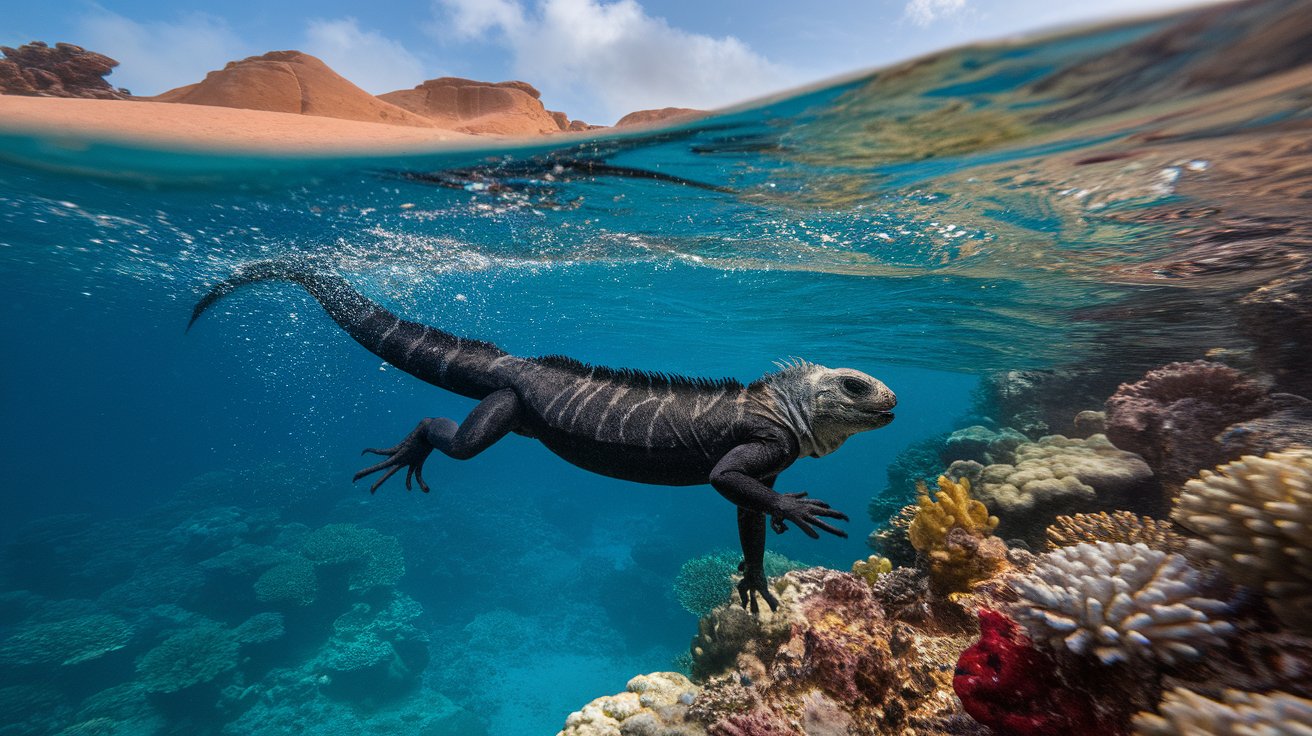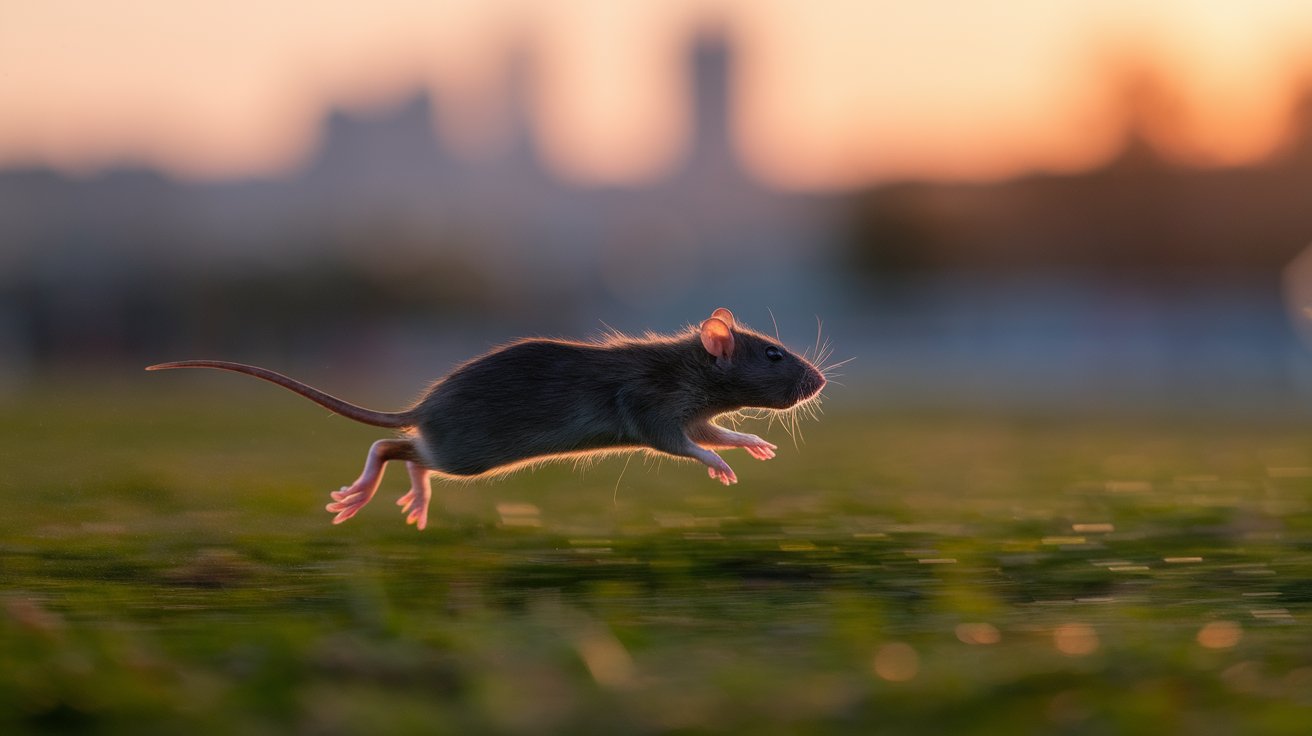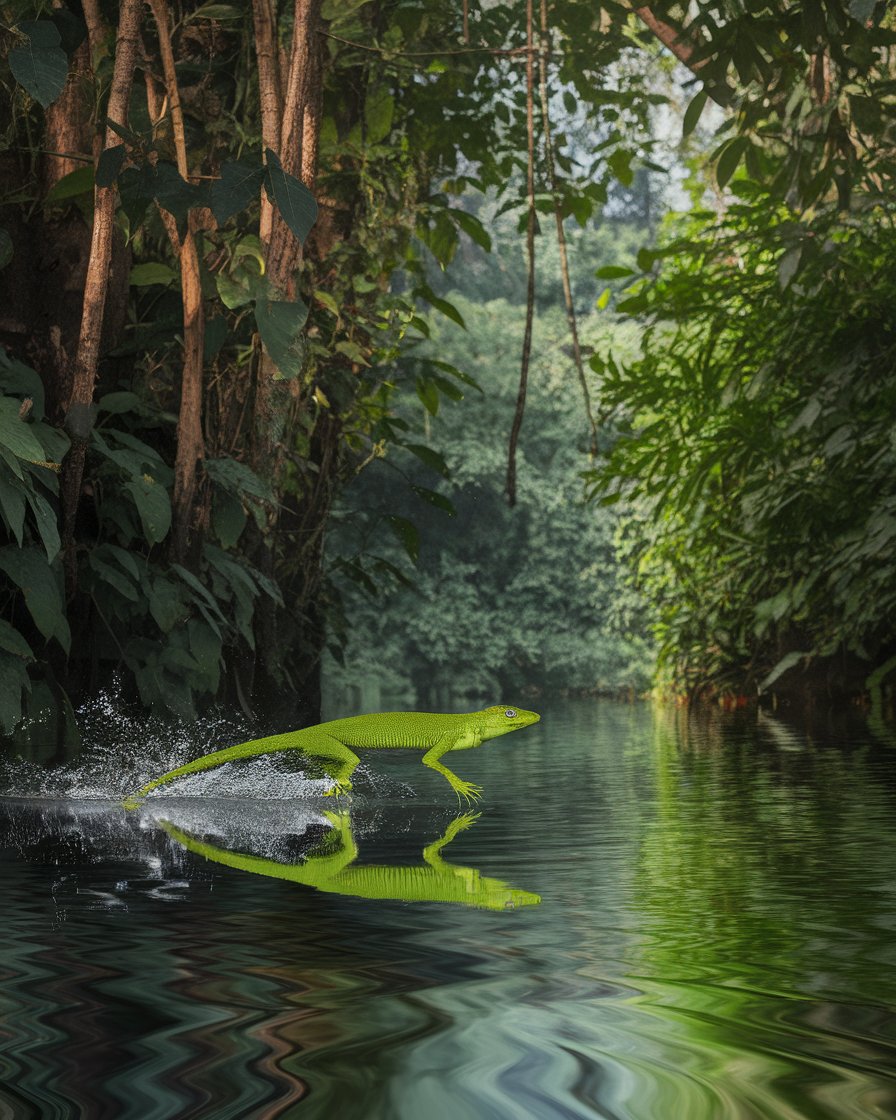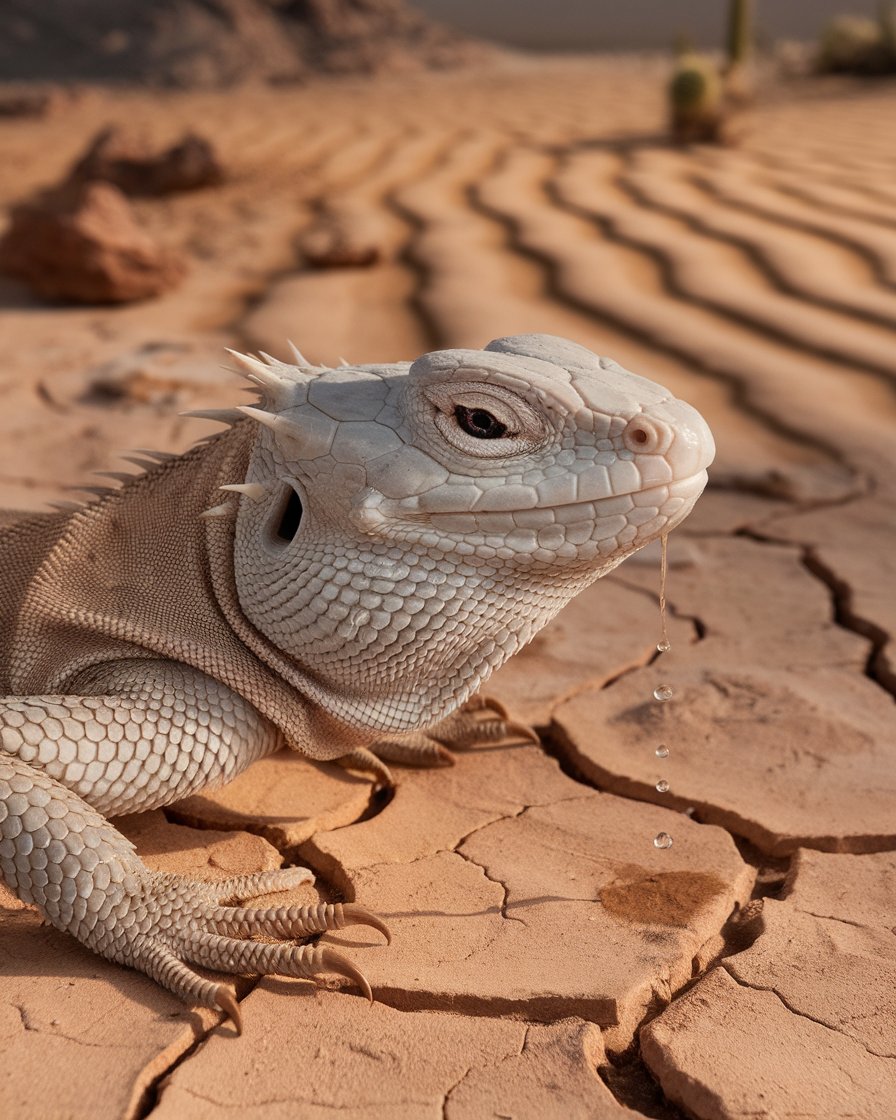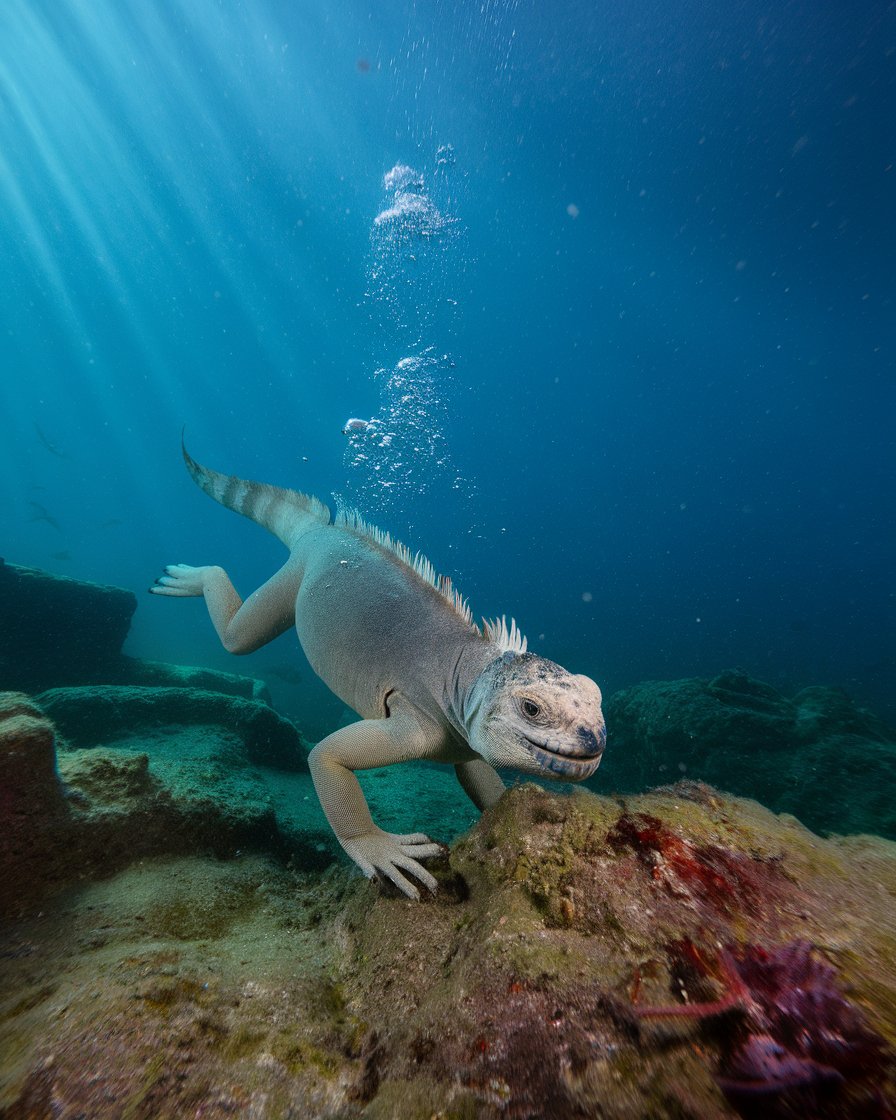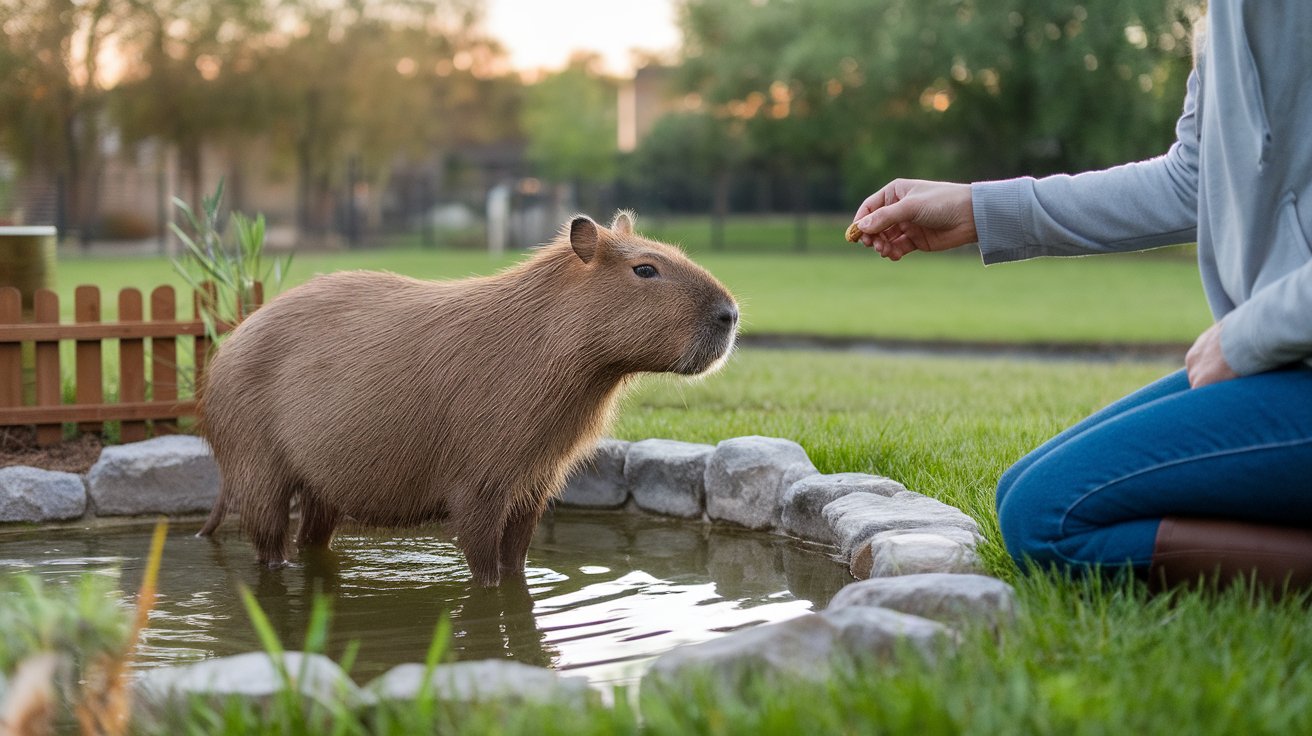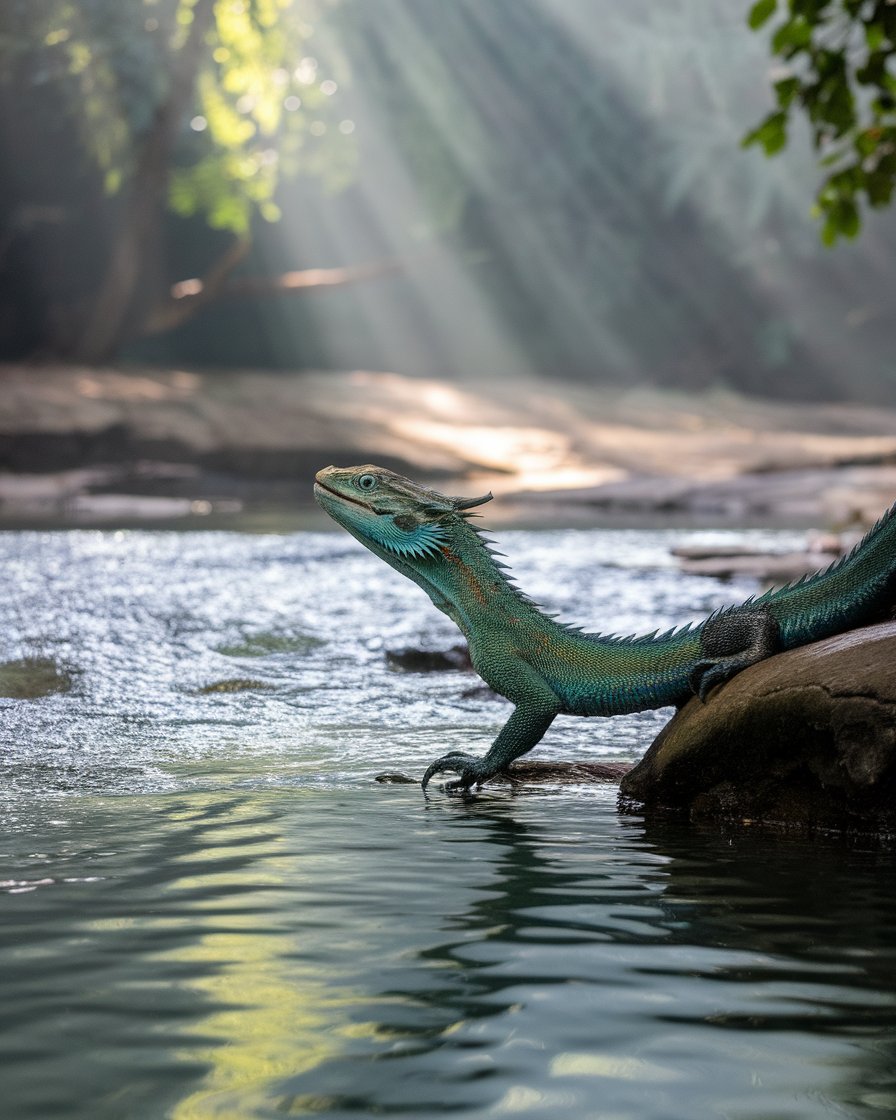Introduction
Lizards exhibit a wide range of swimming abilities, adapted to their specific environments. While most are primarily terrestrial animals, some species like the marine iguana and water monitor thrive in aquatic habitats. These swimming lizards use their tails and limbs to propel themselves, enabling them to survive in water by escaping predators and foraging for food. Their diverse swimming techniques highlight their capability to navigate different terrains.
For example, Asian water dragons are strong swimmers, capable of remaining underwater for long periods, while marine iguanas dive deep to feed on algae. These reptiles’ unique adaptations showcase their ability to stay submerged, demonstrating how evolution has equipped them for survival. From the chameleon to the bearded dragon, each lizard species brings its own set of skills, reflecting the wide array of bodily functions and movements that help them thrive in both aquatic and terrestrial surroundings.
Key Takeaways
Lizards exhibit a wide range of swimming abilities, with some species better adapted to aquatic environments.
Desert lizards have unique movements, like “swimming” through sand, which helps them escape predators and survive extreme heat.
Species like the Asian water dragon and marine iguana are strong swimmers, using their tails for propulsion and extended underwater periods.
Desert lizards absorb water through their skin, allowing them to survive in arid regions without directly drinking water.
The green basilisk’s ability to “run” on water highlights its specialized mobility.
Marine iguanas dive deep to forage for algae, demonstrating their aquatic adaptations.
Overview of Lizards and Swimming Abilities
Lizards display a wide range of swimming abilities depending on their species and environment. While most lizards are terrestrial, several species have adapted to aquatic habitats. For example, marine iguanas and water monitors are known to be proficient swimmers, using their tails to propel themselves through water. These reptiles often dive or submerge to hunt or escape predators. Understanding their swimming techniques gives us insight into how lizards adapt to different ecosystems, from rainforests to deserts, where their movement across water is critical for survival.
Overview of Lizards and Their Aquatic Abilities
1. Aquatic Adaptations of Certain Species
Some lizards have evolved remarkable physical traits that enable them to thrive in aquatic environments. Marine iguanas and water monitors are prime examples, showcasing streamlined bodies and strong limbs that facilitate efficient swimming. These adaptations allow them to hunt underwater and escape predators effectively.
2. Behavioral Adaptations to Water
Lizards exhibit various behavioral adaptations when interacting with water. While not all species are adept swimmers, certain lizards are capable of swimming short distances, using instinctive motions to paddle through the water. This adaptability is crucial for survival in both aquatic habitats and during environmental stressors.
3. Desert Lizards and Unique Movement Techniques
In contrast to their aquatic counterparts, some desert lizards like the sandfish skink exhibit unique locomotion by “swimming” through sand. This adaptation helps them evade predators and escape the extreme heat of their arid environments. Although they don’t swim in water, their sand-burrowing abilities mimic swimming motions.
4. Special Physical Traits for Swimming
Lizards designed for aquatic environments often possess specialized features such as webbed feet and flattened tails, enhancing their swimming efficiency. These evolutionary traits are vital for navigating through water both to hunt and evade threats.
5. Physiological Adaptations for Survival
Some lizards have developed physiological adaptations to manage their salt intake and conserve water, particularly those residing in saline environments. Enhanced kidney functions and increased lung capacities allow these reptiles to regulate buoyancy and survive in fluctuating water conditions.
6. Mobility Across Various Terrains
Lizards showcase incredible versatility in mobility, whether on land, through water, or buried in sand. This adaptability allows them to exploit a range of environments, contributing to their survival and evolutionary success across diverse ecosystems.
Can Desert Lizards Swim?
Although desert lizards primarily thrive in dry environments, they possess fascinating behaviors when it comes to moving through loose sand. The sandfish skink is a notable example, “swimming” beneath the surface of the sand to escape the intense desert heat and evade predators. While these lizards do not swim in water, their sand-burrowing abilities mimic swimming motions. Their rapid, efficient movements allow them to adapt and survive in one of the harshest environments, showcasing their remarkable evolutionary traits.
Mobility of Lizards
Lizards’ mobility extends far beyond just running or climbing. While many can swim if necessary, certain species, such as the Asian water dragon, are natural swimmers. These lizards use their tails and strong limbs to navigate water with ease. Even non-aquatic species can paddle their way through water for short distances, using instinctive movements. From rainforest rivers to desert sands, lizards demonstrate an incredible range of mobility, helping them find food, evade predators, and regulate their body temperatures. Their versatile abilities make them highly adaptable across different terrains and ecosystems.
Water Absorption in Desert Dwelling Lizards
Desert-dwelling lizards face extreme environments with minimal access to water, yet they have developed remarkable adaptations to survive. One of the most fascinating features of these lizards is their ability to absorb water through their skin. This adaptation minimizes their reliance on direct water sources, helping them maintain hydration in dry and arid regions. By utilizing moisture in the environment, these lizards thrive in places where water is scarce, showcasing their evolutionary success in surviving such harsh climates.
Case Study: Water Absorption and Survival Mechanisms in Desert-Dwelling Lizards
Desert-dwelling lizards, such as the thorny devil (Moloch horridus), have evolved extraordinary adaptations to thrive in water-scarce environments. A key survival trait is their ability to absorb water through their skin, allowing them to harness moisture from dew and rainfall without directly drinking. Research has demonstrated that these lizards can collect water through specialized skin structures, which funnel moisture to their mouths via capillary action.
Several lizard species have shown remarkable capabilities for aquatic survival. Anoles, for example, can create air bubbles that enable them to breathe underwater, effectively functioning like a scuba device. This ability allows them to remain submerged for extended periods, showcasing their evolutionary ingenuity in adapting to diverse habitats. By employing both skin absorption techniques and advanced breathing methods, these lizards exemplify nature’s resourcefulness in overcoming the challenges posed by their harsh environments.
How Lizards in the Desert Get Water?
Lizards living in desert environments have evolved unique mechanisms to obtain water. Instead of drinking, many desert lizards absorb water from dew, rainfall, or even humid air through their skin. This absorption happens via capillary action on the surface of their scales. By collecting moisture from the environment, these lizards can remain hydrated without needing to actively seek out water sources. This behavior allows them to survive long periods without liquid water, an essential adaptation for life in a desert where rainfall is rare.
Absorption of Water Through Skin
Water absorption through the skin in desert lizards is a vital evolutionary trait. These reptiles have specialized scales and skin that can trap and funnel small amounts of water to their bodies. For instance, the thorny devil, a desert lizard from Australia, can direct moisture through grooves on its skin to its mouth. This process enables the lizard to drink without finding standing water, making it an efficient system for survival in an environment where dehydration is a constant threat. This unique adaptation highlights how desert lizards have mastered their harsh ecosystems.
Swimming Capabilities of Lizards
Lizards are remarkably versatile creatures, and many species possess the ability to swim. While not all lizards are naturally aquatic, their instinct to navigate water surfaces plays a key role in survival. This ability allows lizards to escape predators or move through environments that involve bodies of water. Some species, such as the green basilisk, are even known for their extraordinary capability to “run” on water. Understanding the swimming capabilities of lizards sheds light on how they adapt and thrive across a range of habitats.
Can Lizards Swim in Water?
Many lizards can swim when necessary, although their comfort level in water depends on the species. Lizards that are accustomed to aquatic environments, like the marine iguana or Asian water dragon, are excellent swimmers. They rely on their strong tails and limbs for propulsion. Other species, while not living in water-heavy environments, can still instinctively swim to safety when placed in water. This survival mechanism allows them to navigate their environment, offering both protection and mobility.
Lizards’ Instinctive Swimming Abilities
The instinctive swimming abilities of lizards vary widely. For instance, the green basilisk, also known as the “Jesus Christ lizard,” can sprint across the surface of water using its legs, creating a dramatic escape from predators. On the other hand, species like the marine iguana use their tails to glide through water as they forage for algae. Whether for foraging or evasion, the swimming prowess of lizards highlights their diverse adaptations, making them capable of thriving in a wide range of ecosystems.
“It is not the strongest of the species that survives, nor the most intelligent. It is the one that is most adaptable to change.” — Charles Darwin
Aquatic Adaptations in Lizards
Lizards have evolved a variety of aquatic adaptations, enabling them to survive and thrive in water environments. Species like the Asian water dragon and marine iguana showcase remarkable swimming abilities. These lizards use their strong tails and limbs for propulsion in water, helping them forage for food or escape from predators. The unique adaptations of aquatic lizards demonstrate their incredible versatility and the ability to adjust to diverse ecosystems, making them fascinating subjects of study in reptilian evolution.
Asian Water Dragons and Their Survival in Water
Asian water dragons are exceptional swimmers, relying on their agility and strength in water to avoid predators and navigate their riverbank habitats. These lizards can remain submerged for up to 25 minutes, using their muscular tails for swift movement. They also exhibit the ability to breathe underwater for short periods, aiding in their survival. This aquatic adaptation is a prime example of how lizards have evolved to take advantage of water environments, ensuring their continued existence in the wild.
Marine Iguanas
Marine iguanas, found in the Galapagos Islands, have a unique aquatic lifestyle among lizards. Unlike their terrestrial relatives, they have adapted to a marine environment, allowing them to dive over 65 feet underwater in search of algae. Their ability to hold their breath for extended periods and their specialized flattened tails, which aid in swimming, are key adaptations. These traits make marine iguanas one of the few reptile species perfectly suited for a life spent in and around the ocean, a rare capability among lizards.
Conclusion
Lizards are highly adaptable creatures, with unique abilities that allow them to thrive in diverse environments. Aquatic species, like the Asian water dragon and marine iguana, demonstrate impressive swimming skills, using their tails and limbs to propel through water. On the other hand, desert lizards have evolved mechanisms such as water absorption through their skin, enabling them to survive in harsh, arid regions without relying on direct water sources.
Their evolutionary traits showcase remarkable versatility, from running on water, like the green basilisk, to diving deep underwater. Lizards have adapted to a broad range of habitats, illustrating their flexibility and resilience across the world of lizards. Their ability to stay submerged, use their legs for swimming, and develop other survival mechanisms ensures their success in both water and dry land. Understanding these adaptations provides deeper insight into their evolution and role in diverse ecosystems.

